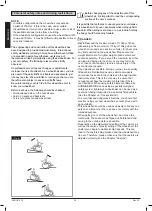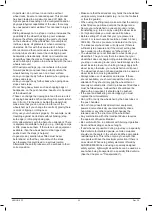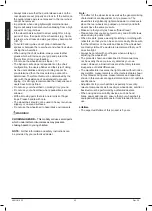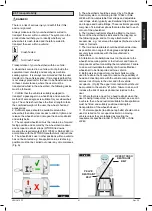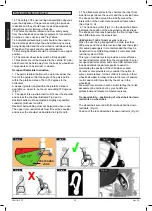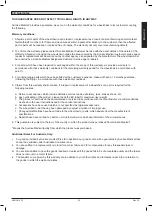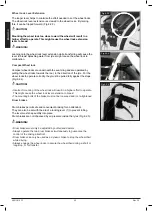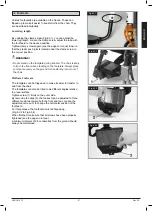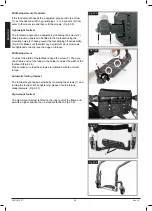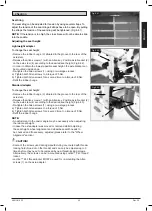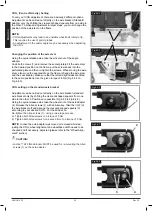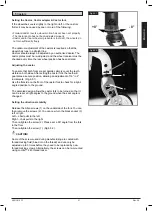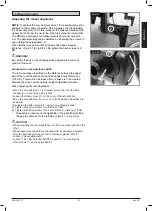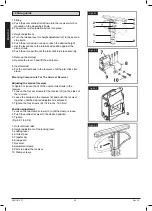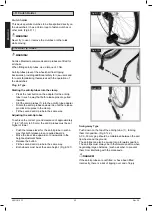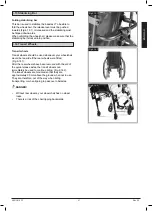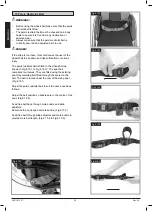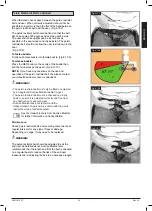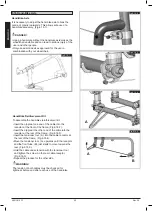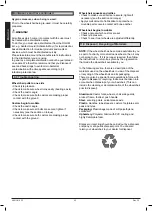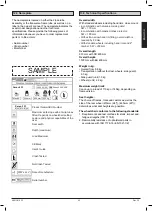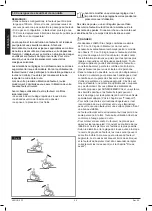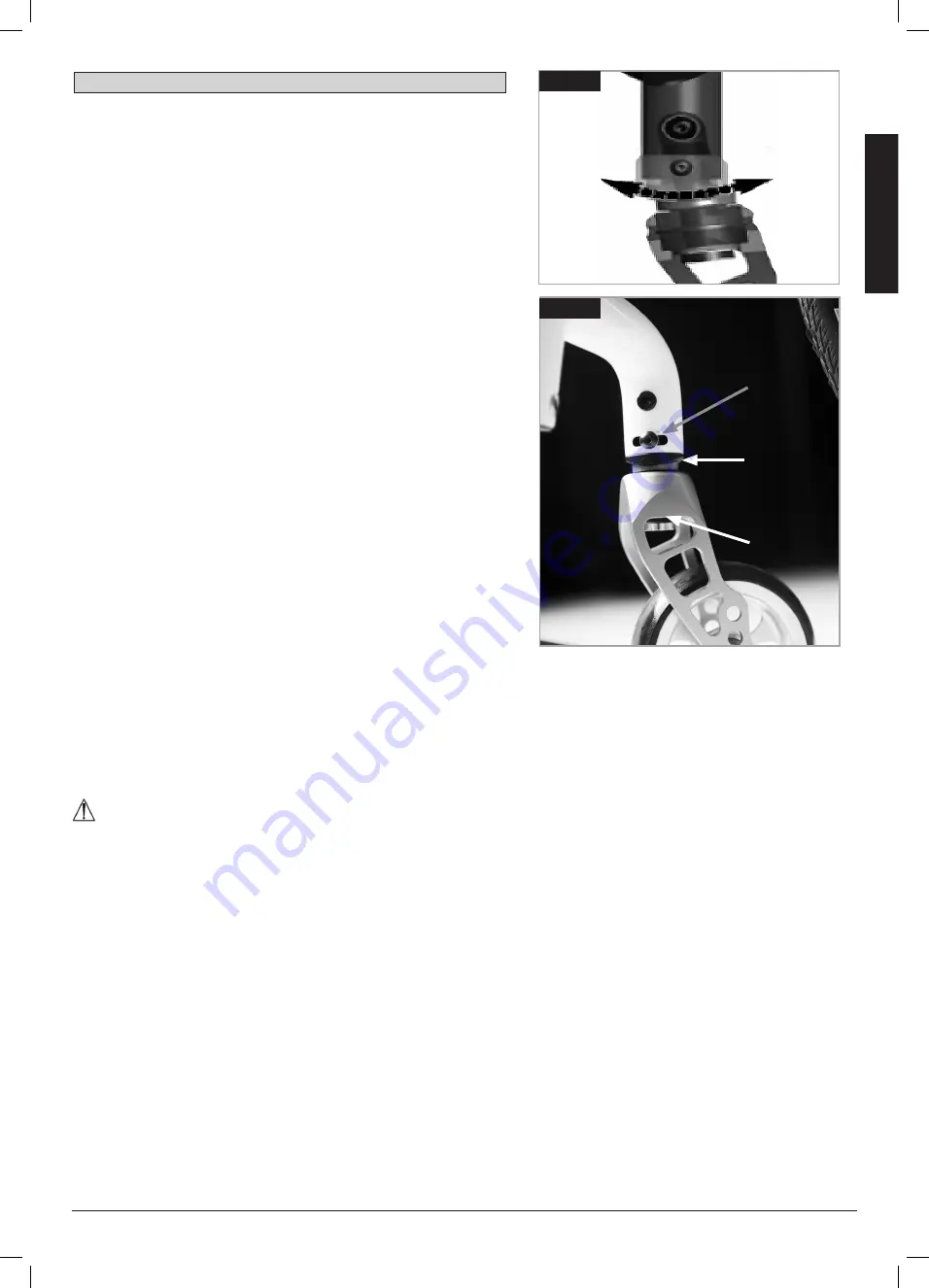
ENGLISH
XENON 2 FF 51
Rev.3.0
6.5 Castors
Setting the Castor, Castor adapter & Castor fork
If the wheelchair veers slightly to the right or left, or the castors
flutter, it may be caused by one or more of the following:
•
Forward and/or reverse wheel motion has not been set properly.
•
The castor angle has not been adjusted properly.
•
Castor and/or rear wheel air pressure is incorrect; the wheels do
not turn sufficiently freely.
The optimum adjustment of the castors is required so that the
wheelchair runs in a straight line.
Castors should always be adjusted by an authorised dealer. The
castor plates must be re-adjusted, and the wheel receiver must be
checked every time the rear wheel position has been altered.
Adjusting the castor
To ensure that both forks are set parallel, simply count the teeth
visible on both sides. After setting the castor fork, the teeth will
guarantee a secure position, allowing an adjustment of 16° in 2°
increments, (Fig.6.5.1).
Use the flat side on the front of the castor fork to check for a right-
angled position to the ground.
The patented design allows the castor fork to be turned, so that it
can be reset at right-angles to the ground when the seat angle is
changed.
Setting the directional stability
Release the Allen screws (1) on the underside of the fork. You can
then remove the screws (2). You can now turn the black socket (3)
left or right.
Left – chair pulls to the left
Right – chair pulls to the right
Then re-tighten the screw (2). Please set a 90° angle from the fork
to the floor.
Then re-tighten the screw (1). (Fig.6.5.2).
CAUTION!
Some of the screws used during manufacturing are coated with
thread-locking fluid (blue dot on the thread) and can only be
adjusted up to 3 times before they need to be replaced by new
thread-locking screws. Alternatively, the screws can be re-mounted
using Loctite™ 243 thread locker.
Fig.6.5.2
2
3
1
+8°
- 8°
Fig.6.5.1


